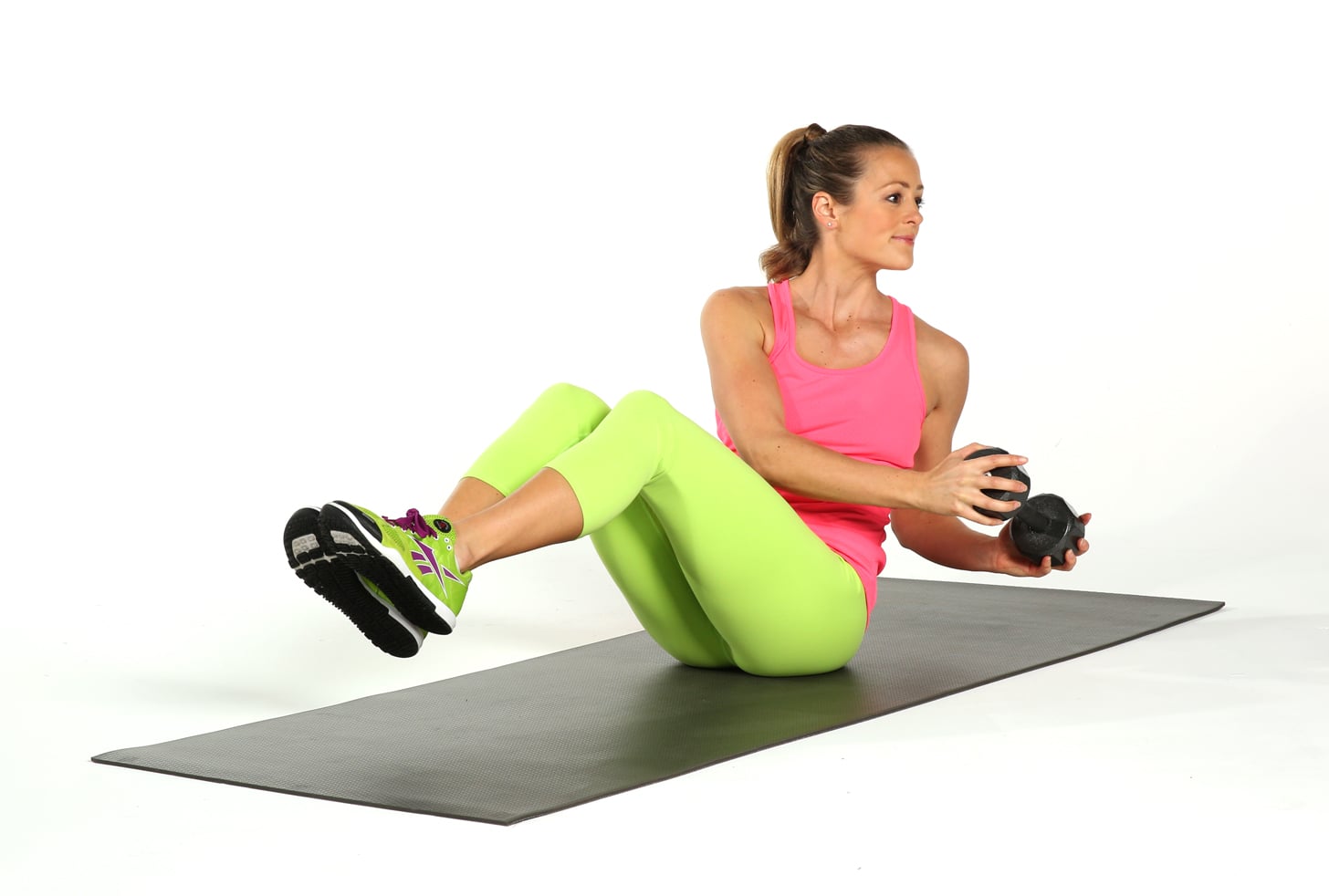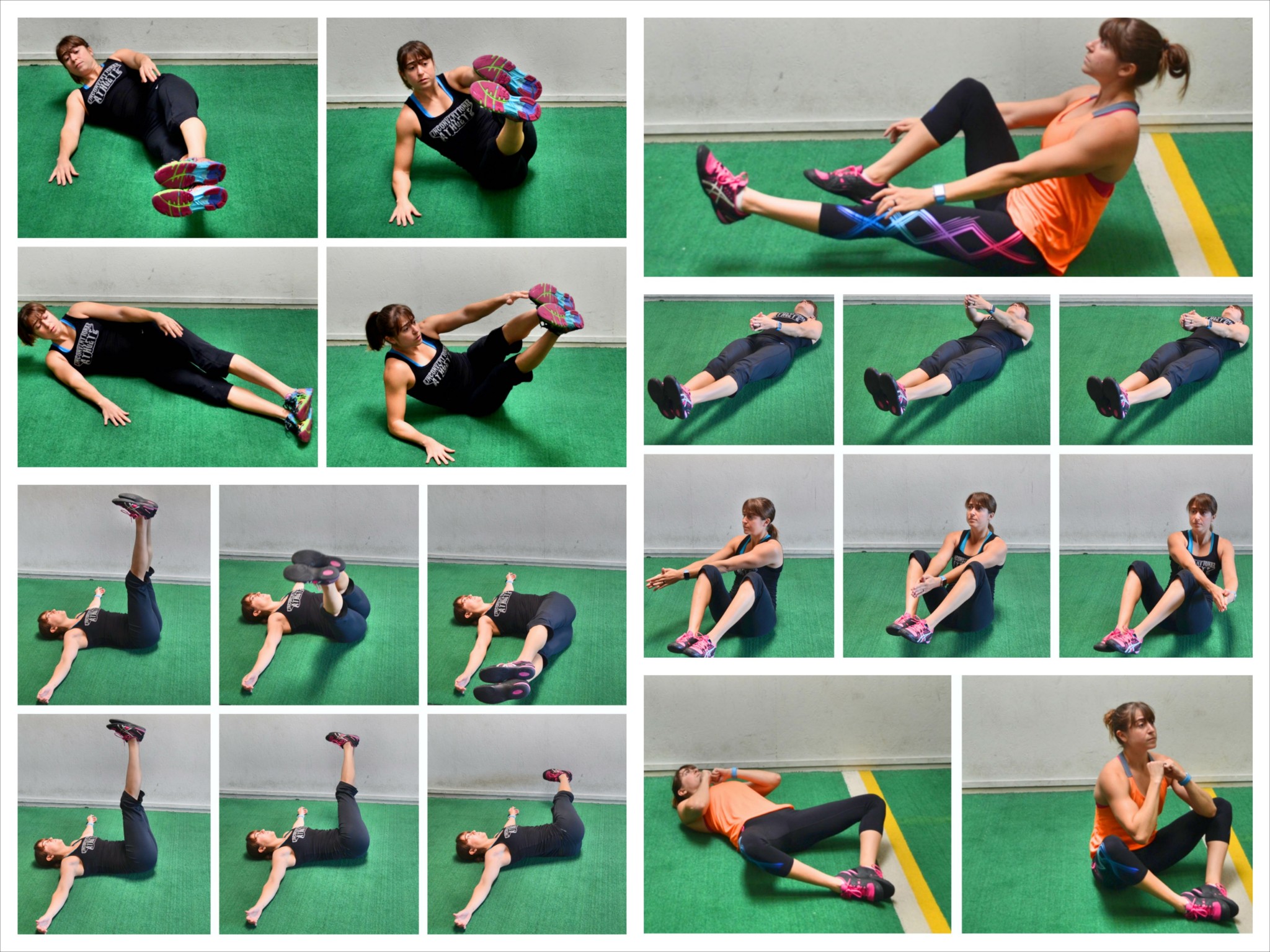The Mechanics of Rocking Chair Abs

Rocking chair abs, a dynamic core exercise, are all about that controlled movement, engaging your muscles in a way that feels both challenging and surprisingly satisfying. It’s not just about the burn; it’s about building a strong, stable core that supports your everyday moves and boosts your performance in other activities. Think of it as a more advanced, engaging twist on the classic crunch.
Rocking chair abs primarily target the rectus abdominis (those coveted six-pack muscles), but they also significantly engage the obliques (the muscles on the sides of your waist) and the transverse abdominis (the deep core muscle that acts like a natural corset). The exercise works by creating a rocking motion, alternately contracting and relaxing these muscle groups. In the upward phase, you’re engaging your rectus abdominis to curl your upper body towards your knees. As you lower back down, your obliques and transverse abdominis work to stabilize your torso and control the movement, preventing a jarring drop. This controlled, dynamic movement is key to maximizing the benefits of the exercise.
Muscle Group Engagement and Movement Phases
The rocking chair ab exercise involves a cyclical pattern of muscle activation. The initial upward phase is dominated by the concentric contraction of the rectus abdominis, pulling the ribs towards the pelvis. This is followed by a controlled eccentric (lengthening) contraction as you lower back down, relying on the stabilizing action of the obliques and transverse abdominis to prevent momentum from taking over. This controlled descent is crucial for preventing injury and maximizing muscle activation. The continuous interplay between these muscle groups is what makes this exercise so effective for core strength and stability.
Comparison with Crunches and Planks
Rocking chair abs offer a unique blend of benefits compared to more static exercises like planks and the more isolated crunches. Crunches primarily focus on the rectus abdominis, neglecting the important role of the obliques and transverse abdominis in overall core strength. Planks, on the other hand, excel at building isometric strength and endurance, holding a single position for an extended time. Rocking chair abs combine the benefits of both: the targeted rectus abdominis work of crunches with the dynamic stabilization and oblique engagement of a more complex movement, making it a more holistic core workout. However, rocking chair abs may not be suitable for beginners or individuals with back pain, as it requires a higher degree of core control. Crunches, while simpler, can also lead to neck strain if performed incorrectly. Planks are a great foundational exercise for building core stability, but may lack the dynamic engagement offered by rocking chair abs.
Visual Representation and Common Mistakes
Imagine yourself lying on your back, knees bent, and feet flat on the floor. Your hands are lightly placed behind your head for support, not pulling on your neck. Begin by engaging your core, tilting your pelvis slightly, and then slowly curling your upper body towards your knees, keeping your back slightly arched to maintain spinal support. This is the upward phase, focusing on controlled movement. Then, slowly lower back down, controlling the descent and maintaining core engagement throughout. This entire process is the “rocking” motion. Imagine a smooth, controlled rocking back and forth.
Common mistakes include using momentum instead of controlled movement, leading to jerky motions and potential injury. Another frequent error is pulling on the neck instead of engaging the core muscles, putting unnecessary strain on the cervical spine. Also, arching the back excessively can cause strain. Maintaining a slight arch is crucial for spinal support and maximizing the effectiveness of the exercise. Finally, improper breathing can also hinder performance. Remember to exhale during the upward phase and inhale during the lowering phase.
Variations and Progressions of the Rocking Chair Ab Exercise

Okay, so you’ve mastered the basic rocking chair ab, *cantik*. Now let’s level up your core game with some variations and progressions. We’re talking about taking your abs from Senayan City stroll to a full-on Mount Bromo hike – serious gains, guys.
Rocking Chair Ab Variations for Different Fitness Levels
Different variations cater to various fitness levels, from newbie to pro. Think of it like choosing the right Starbucks drink – you wouldn’t start with a venti iced caramel macchiato if you’re just beginning your coffee journey, right?
- Beginner: Start with a modified version, performing the rocking motion with your knees bent and feet flat on the floor. This reduces the range of motion and makes it easier on your lower back. Focus on controlled movements and proper form over speed or reps. Imagine a gentle rocking of a baby’s cradle – slow and steady wins the race.
- Intermediate: Increase the range of motion by extending your legs further out, but keep your lower back pressed against the floor. You can also add a slight pause at the top and bottom of the movement to increase time under tension, making your abs work harder. Think of it like a slightly more vigorous boat rocking on calm waters.
- Advanced: Perform the full rocking chair ab exercise with straight legs and a controlled, fluid motion. You can also add weight, such as holding a light dumbbell or medicine ball to your chest, for an extra challenge. Picture a powerful speedboat cutting through the waves – smooth, controlled power.
Progressive Workout Plan for Rocking Chair Abs
Consistency is key, *sayang*. A progressive plan helps you avoid plateaus and continually challenge your core. Think of it like building a skyscraper – you need a solid foundation and gradual increases in height.
- Week 1-2: Focus on mastering the beginner variation. Aim for 2-3 sets of 10-12 repetitions, with a rest of 30-60 seconds between sets.
- Week 3-4: Progress to the intermediate variation. Increase the number of repetitions to 15-20 per set, maintaining good form. You could also try adding a slight hold at the peak contraction.
- Week 5-6: Introduce the advanced variation. Aim for 3 sets of 12-15 repetitions. Consider adding weight to further increase the challenge.
- Week 7 onwards: Continue to increase the difficulty by adding more sets, repetitions, or weight. You can also incorporate variations like adding leg raises or twisting motions to engage different muscle groups. Remember to listen to your body and rest when needed.
Integrating Rocking Chair Abs into Broader Workout Routines
Don’t just isolate your abs, *sayang*. Integrate them into your overall workout for maximum results.
HIIT Workout Example
A short but intense HIIT workout incorporating rocking chair abs could look like this:
- Warm-up (5 minutes of light cardio and dynamic stretching)
- Rocking Chair Abs (3 sets of 15 repetitions)
- Burpees (3 sets of 10 repetitions)
- Mountain Climbers (3 sets of 30 seconds)
- Jumping Jacks (3 sets of 30 seconds)
- Cool-down (5 minutes of static stretching)
Strength Training Workout Example
Incorporate rocking chair abs as part of your core work during a strength training day:
- Squats (3 sets of 10 repetitions)
- Bench Press (3 sets of 8 repetitions)
- Deadlifts (1 set of 5 repetitions, 1 set of 3 repetitions, 1 set of 1 repetition)
- Rocking Chair Abs (3 sets of 15 repetitions)
- Plank (3 sets, holding for 30-60 seconds)
- Russian Twists (3 sets of 15 repetitions per side)
Benefits and Considerations of Rocking Chair Abs: Rocking Chair Ab Exercise
:max_bytes(150000):strip_icc()/seatedrotation-58504d135f9b58a8cd126c12.jpg)
The rocking chair ab exercise, while seemingly simple, offers a surprising array of benefits for your core and overall fitness. It’s a great addition to any workout routine, especially for those looking to strengthen their abdominal muscles and improve their overall stability. However, like any exercise, it’s crucial to understand its potential risks and how to perform it safely to avoid injury.
Benefits of Rocking Chair Abs
This exercise offers a unique way to engage your core muscles. The rocking motion challenges your abdominal muscles in a dynamic way, leading to significant strength gains. Beyond building core strength, the rocking chair ab exercise also improves stability and coordination, which is essential for everyday activities and other exercises. Furthermore, performing the exercise with good form and sufficient intensity can contribute to a modest calorie burn, assisting with weight management goals. The rhythmic nature of the movement can also be surprisingly meditative for some, offering a mental as well as physical workout.
- Improved Core Strength: The rocking motion directly targets the rectus abdominis (the “six-pack” muscles), obliques (side abdominal muscles), and transverse abdominis (deep core muscles). Regular practice leads to noticeable improvements in strength and endurance.
- Enhanced Stability: A strong core is vital for balance and stability. The rocking chair ab exercise helps improve both, reducing the risk of falls and injuries during daily activities and other workouts.
- Calorie Expenditure: While not a primary calorie-burning exercise, the dynamic nature of the rocking chair ab exercise does contribute to overall calorie expenditure, particularly when performed with intensity and as part of a broader fitness routine.
Risks and Limitations of Rocking Chair Abs
While generally safe, improper form or pre-existing conditions can increase the risk of injury. Back pain is a common concern, often stemming from arching the back during the exercise. Individuals with pre-existing back problems should exercise caution and perhaps consult a physical therapist or doctor before incorporating this exercise into their routine. Another potential issue is straining the abdominal muscles, particularly if the exercise is performed with excessive intensity or improper form.
- Back Pain: Arching the back during the rocking motion can exacerbate existing back pain or lead to new injuries. Maintaining a neutral spine throughout the exercise is crucial.
- Muscle Strain: Overexertion or improper form can lead to strained abdominal muscles. Start slowly, gradually increasing repetitions and intensity as your strength improves.
- Neck Strain: Pulling the neck forward during the exercise can strain the neck muscles. Keep the neck relaxed and aligned with the spine.
Mitigating Risks and Improving Safety, Rocking chair ab exercise
Several strategies can significantly reduce the risks associated with the rocking chair ab exercise. Proper form is paramount. Focus on maintaining a neutral spine, engaging your core throughout the movement, and avoiding jerky or forceful motions. Starting with fewer repetitions and gradually increasing the number as you build strength is also advisable. Listening to your body and stopping if you feel any pain is essential. Finally, incorporating a warm-up before the exercise and a cool-down afterward can help prepare your muscles and prevent injury.
Rocking Chair Ab Exercise Variations
The following table illustrates different variations of the rocking chair ab exercise, highlighting the targeted muscle groups and difficulty levels:
| Variation | Primary Muscle Groups Targeted | Difficulty Level | Description |
|---|---|---|---|
| Basic Rocking Chair Abs | Rectus Abdominis, Obliques | Beginner | Standard rocking motion, maintaining a neutral spine. |
| Rocking Chair Abs with Leg Extensions | Rectus Abdominis, Obliques, Hip Flexors | Intermediate | Adding leg extensions increases the challenge and engages the hip flexors. |
| Rocking Chair Abs with Twist | Rectus Abdominis, Obliques, Transverse Abdominis | Intermediate | Incorporating a twist engages the obliques more intensely. |
| Weighted Rocking Chair Abs | Rectus Abdominis, Obliques, Transverse Abdominis | Advanced | Holding a weight plate on the chest increases resistance and intensity. |
